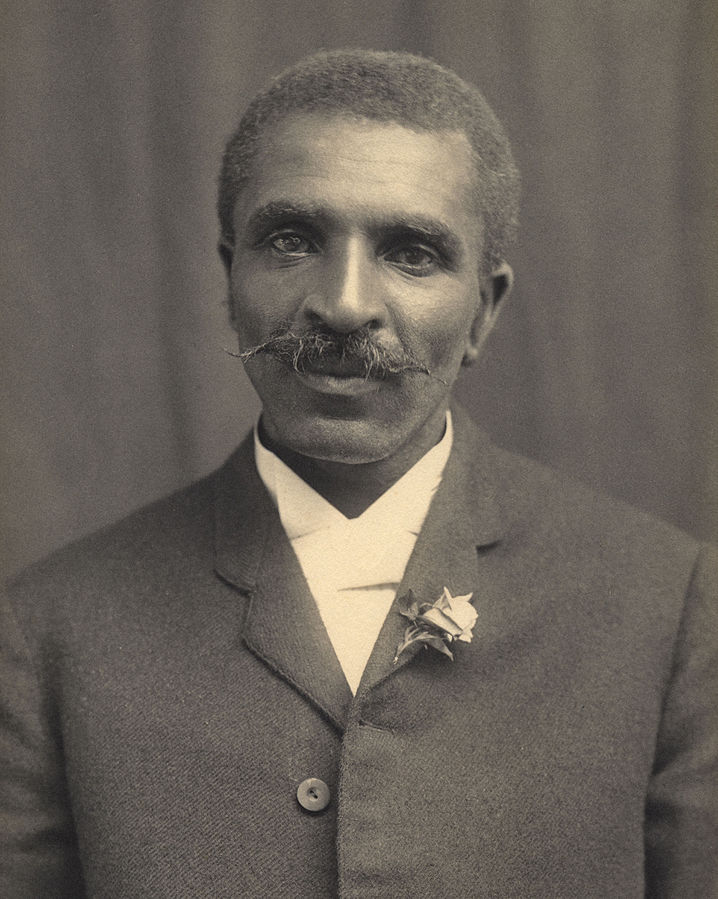Last Friday NDSU hosted a talk titled “African American Contributions in Agriculture to the Industrial Revolution” as part of a series of events celebrating Black History Month. The presentation, given by Dr. Clairmont Clementson in the Memorial Union, focused on how the Industrial Revolution in America wouldn’t have been the same without contributions from African Americans.
“We must acknowledge that much of what we know of the United States today…has been made possible by the labor of enslaved Africans and their descendants, who suffered the horror of child slavery and Jim Crow,” said Kaelen Napoleon, the Diversity and Inclusion Coordinator at NDSU, as she opened the event with a labor acknowledgment before introducing Dr. Clementson. “We honor and celebrate their resilience, but we must acknowledge the tremors of that violence throughout the generations and the resulting impact that can still be felt today.”
Clementson began with a short overview of the Industrial Revolution, a time period between the 18th and 19th centuries when the economy changed from being mainly made up of individuals providing for themselves and their families through farming to mass production of products by people working in factories due to technological advancements like the combustion engine and the assembly-line production method.
Speaking more specifically about African American contributions to these changes, Clementson spoke first about George Washington Carver. “He gained acclaim in agriculture…he invented over three hundred products from peanuts…and one hundred and eighteen products from sweet potatoes.” These inventions were important because they expanded the uses and profitability of those crops and changed the field of agriculture to be even more useful to the country.
The next innovator Clementson spoke about was Frederick McKinley Jones. “He self-taught electrical and mechanical engineering principles and was able to invent the mobile refrigeration unit…[making it] accessible to transport refrigerated foods and prevent spoilage.” This invention was also extremely important later in World War 2 when blood and medicine had to be transported safely in a cold environment.
Other innovators Clementson spoke about included Henry Blair, the inventor of the seed planter, George Crum, the inventor of the potato chip, Percy Lavon Julian, who expanded the uses for soybeans to include steroids and foam that could put out oil fires, John D. Barr, the inventor of lawn mowers, George Alcorn, the inventor of the x-ray spectrometer, and Joseph H. Smith, the inventor of the rotary sprinkler system.
Clementson highlighted how many of the inventors that he discussed were uneducated in their field or faced discrimination to get to where they were in the case of those who went through formal schooling. Despite these adverse situations, these individuals were still able to keep innovating and contributing to the Industrial Revolution, changing countless lives in the years to come and setting an example for everyone in a position where the odds are against them but they still want to reach their goals.
Clementson thought that lessons from these inventors’ lives could still be applied today. “Acknowledge your circumstances and challenges and have an appreciation for what’s around you,” he said. “Some of these individuals were faced with dire circumstances…but they were able to make realistic contributions to society.” He encouraged everyone listening to keep working where they were at, because if someone just keeps pushing and striving for excellence, one day they could find themselves making a major contribution to society and changing the world for the better.
